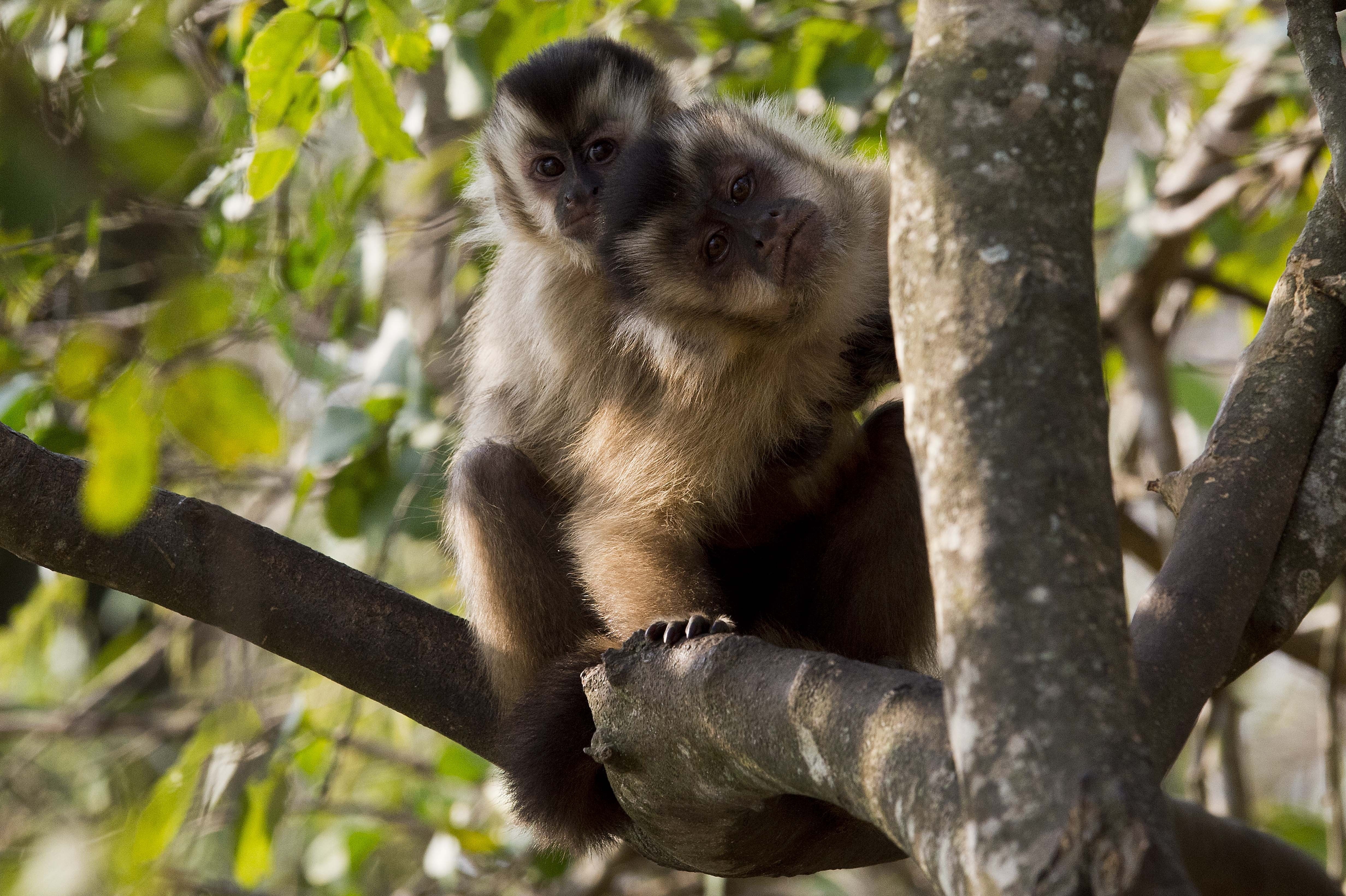monkeys
A new study finds evidence of an important neural speech pathway in macaques.
Not only do these monkeys use tools, they’re developing new, better tools to adapt to their environment.
Big and strong? That’s not what makes an alpha male, says primatolgist Frans de Waal.
▸
3 min
—
with
Primatologist Frans de Waal explains the primal instinct that unites humans and chimpanzees.
▸
3 min
—
with



